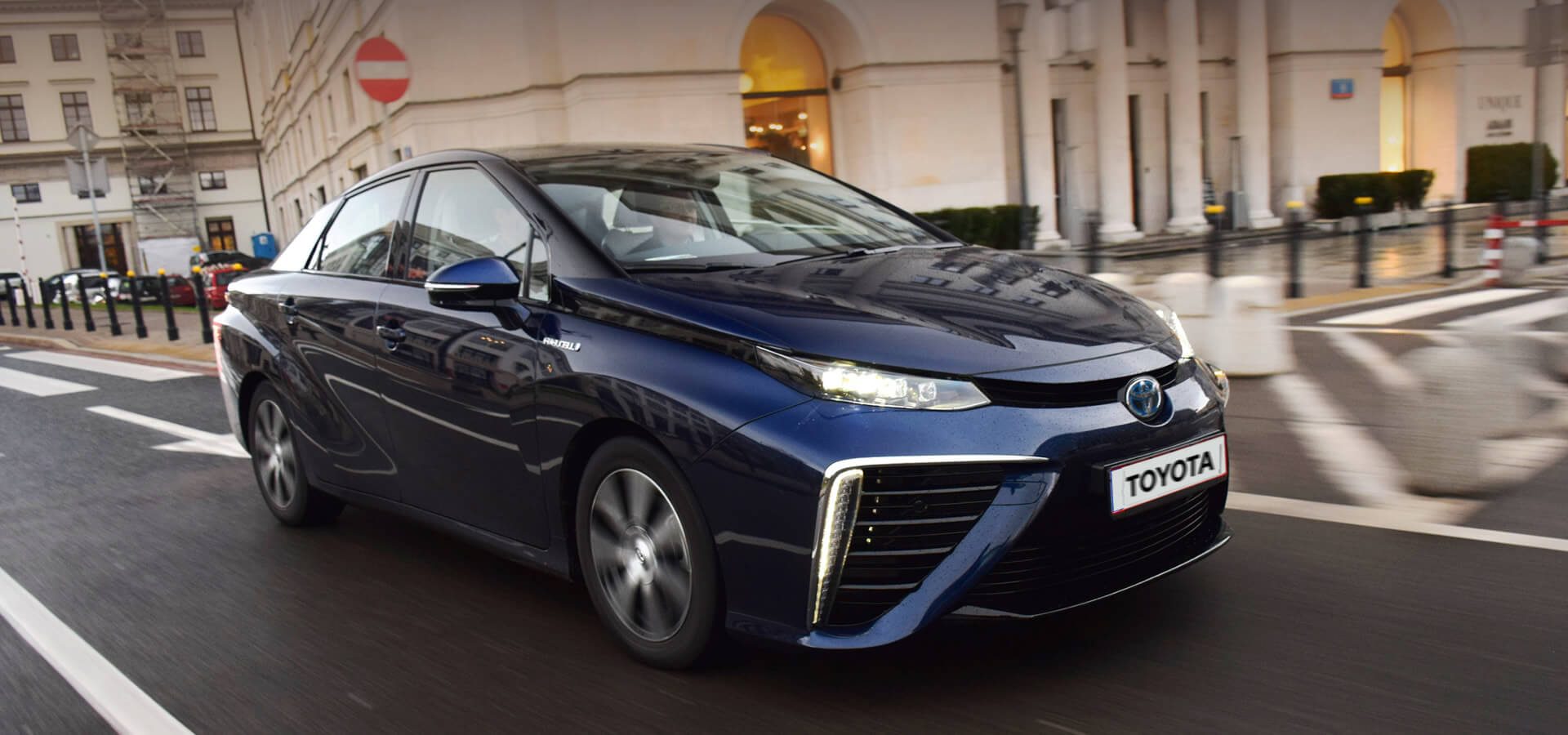alva is now Penta. We are the world’s first comprehensive stakeholder solutions firm. Learn More
Hit enter to search or ESC to close

Any organisation with ambitions for longevity will bank capital in times of plenty, as protection against the spectre of hard times ahead. Whether that capital is financial, putting aside a share of its profits for future bailouts; skills based, training up new staff before experienced key employees depart; or stakeholder goodwill, creating a barrier of trust and loyalty to ward off the fallout of any future reputational incident, it is central to future proofing an organisation against the unknown.
By storing up reputational ballast during the good times, an organisation is able to remain on an even keel when storms hit – using it to offset the negative impact when a reputational risk does occur. By establishing deep trust among stakeholders, there can be greater confidence that they will not jump ship when issues arise.
A good example of the reputational capital principle is Toyota. The car manufacturer built a name for quality, safety and reliability that saw it repeatedly polling at the top of the automotive sector for consumer confidence. The inaugural Prophet Brand Relevance Survey in 2009, which surveyed 5,000-plus US consumers and rated 150 organisations, ranked it 17th overall, and higher than any of its competitors. Jump to 2019, and Prophet’s Brand Relevance Index saw it rated 12th by 13,500 consumers, out of 225 brands, with Honda and Tesla the only other car companies making the top 50.
The impressive thing about Toyota’s continuing rein as America’s most trusted car company is the severity, and number, of shockwaves it has ridden out over the last decade. These began in 2009 with the largest car recall in history, over fears the floormats of 4 million vehicles could potentially trap accelerator pedals, resulting in uncontrolled speed. More recalls followed, including 1.3 million in 2009 for seatbelt and exhaust issues; 2.3 million over potentially faulty accelerator pedals and 1.13 million for engine defects in 2010; 680,000 in two 2012 recalls, over airbags and faulty brake lights; and most recently, 17 million vehicles over shrapnel-spewing airbag inflators made by Takata, that had been linked to 23 deaths and 290 injuries. A series of class action lawsuits inevitably ensued.
Yet the company has managed to ride out the storms.
Toyota’s share price has followed a consistently upward trend, dipping only in 2010 after the first recalls, and it remains in the top 30 of Fortune’s most admired companies worldwide. Equally, it continues to consistently rank in the top five of the alva Automotive Reputation Index every year, based on an analysis of millions of pieces of publicly available content.
While it has been savvy in its damage mitigation responses and has benefitted from a transparent communications policy around the recalls, such as setting up live online Q&As with the president of Toyota’s North American sales operation, Jim Lentz, to help allay driver fears, its pre-existing surplus of reputation capital was also key.
Had the company not built up the aforementioned stakeholder trust over many years, had it entered into its period of product recalls without any reputational capital in the bank, it’s fair to hypothesise that the damage to its reputation would be greater and longer-lasting. For a company with nothing in reserve, such a sequence of events can prove fatal.
Toyota may yet reach a tipping point, where its reputational ballast is insufficient to prevent it from broaching. There is no shortage of high profile, once-trusted brands for which repeated disasters have emptied the coffers of reputational capital.
The key lesson here is to continue building out those reputational reserves, even in times of plenty, as even the most trusted companies will need to draw on them when reputational damage hits.
Be part of the Stakeholder Intelligence community